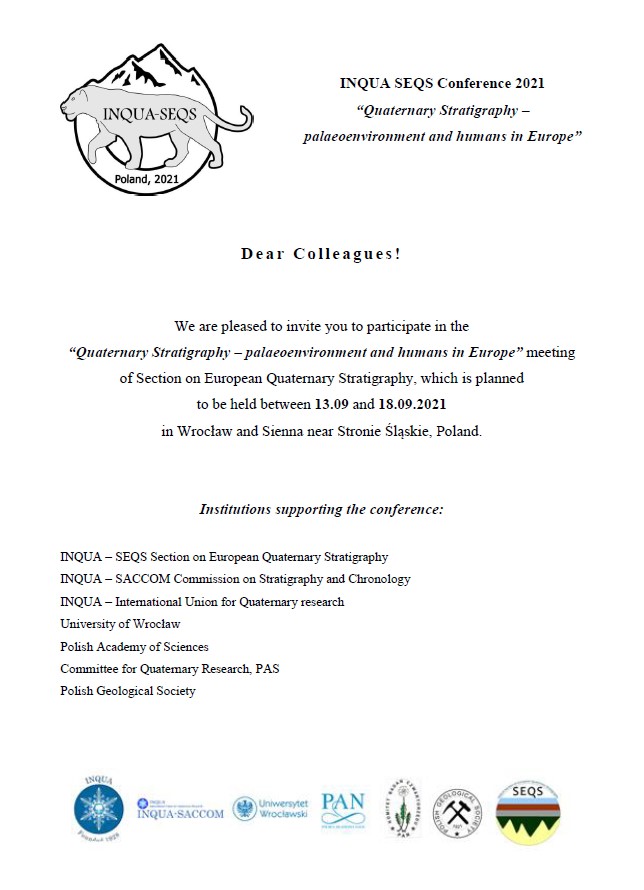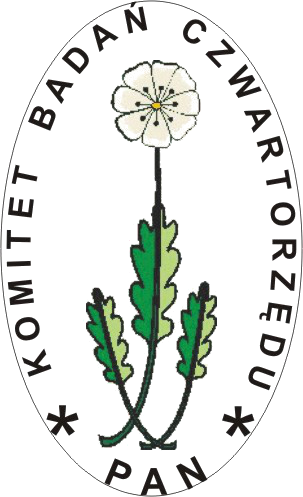About us
The Committee for Quaternary Research was established in 1964 as the interdisciplinary body. Its activity is focused on studies of the Quaternary within the frames of Earth sciences (geology and physical geography), biology, geoarchaeology, pedology and some aspects of physics. The Committee acts also as the National Committee of the International Union for Quaternary Research (INQUA).
The Committee's activity is manifested in the integration of researchers from various fields and scientific disciplines representing the main research centers in Poland. Thanks to this it is possible to conduct interdisciplinary research on the last geological period – the Quaternary. Organized meetings, sessions and conferences enable the exchange of scientific ideas and the presentation of research results.
News
8th Loess Seminar in Wrocław (Poland) “Remarkable Ideas and Personalities in Loess Research”
Invitation to the 8th Loess Seminar "Remarkable Ideas and Personalities in Loess Research" organized in Wrocław on June 15-18.
In 2024, 200 years will have passed since the term "loess" was introduced into scientific literature. We would like to celebrate this anniversary with several scientific events. The main event will be LoessFest 2024 in Mainz, organized on June 19 to 22 (https://www.geomorphologie.uni-mainz.de/loessfest2024/). Our seminar will be a kind of prologue to the conference in Germany. We would like to invite You to take part in this event to celebrate our great predecessors and return to a discussion on fundamental loess hypotheses.

International and Interdisciplinary Scientific-Business Conference CCE-CIS 2022 "CLIMATE CHANGE AND ENVIRONMENT - CHALLENGES AND INSPIRATIONS FOR SCIENCE"
Invitation to the International and Interdisciplinary Scientific-Business Conference CCE-CIS 2022 "CLIMATE CHANGE AND ENVIRONMENT - CHALLENGES AND INSPIRATIONS FOR SCIENCE" organized in a hybrid form on December 8-9, 2022.
The registration and proposal process for speeches/posters for the CCE-CIS 2022 conference runs from November 3, 2022 to November 23, 2022. All information about the event, including the program and conference fee, can be found at: https://cce-cis.cereclimen.umcs.pl/

XXI Field Seminar Correlation of Loess and Glacial Sediments of Poland and Ukraine
We would like to invite you to:
XXI Field Seminar Correlation of Loess and Glacial Sediments of Poland and Ukraine
Interdisciplinary Scientific Seminar Glacial and Periglacial of Central Europe
under the title:
"Methodology for reconstruction of climate and environmental changes recorded in loess covers"
conference dedicated to the memory of significant loess explorers Prof. Adam Malicki and Prof. Henryk Maruszczak
under the honorary auspices of JM Rector of Maria Curie-Skłodowska University in Lublin
6-8 October 2022, Jarosław
Seminar languages: Polish, Ukrainian, English
https://www.umcs.pl/en/methodology-for-reconstructing-2022,23025.htm
Read more … XXI Field Seminar Correlation of Loess and Glacial Sediments of Poland and Ukraine
XVI International Subfossil Cladocera Workshop
The XVI International Cladocera Workshop was held in Warsaw (on 30.09-2.10.2021) under the patronage of KBCz PAN. The main topic of the Workshop was the study of the subfossil remains of Cladocera deposited in Cenozoic sediments of water reservoirs.
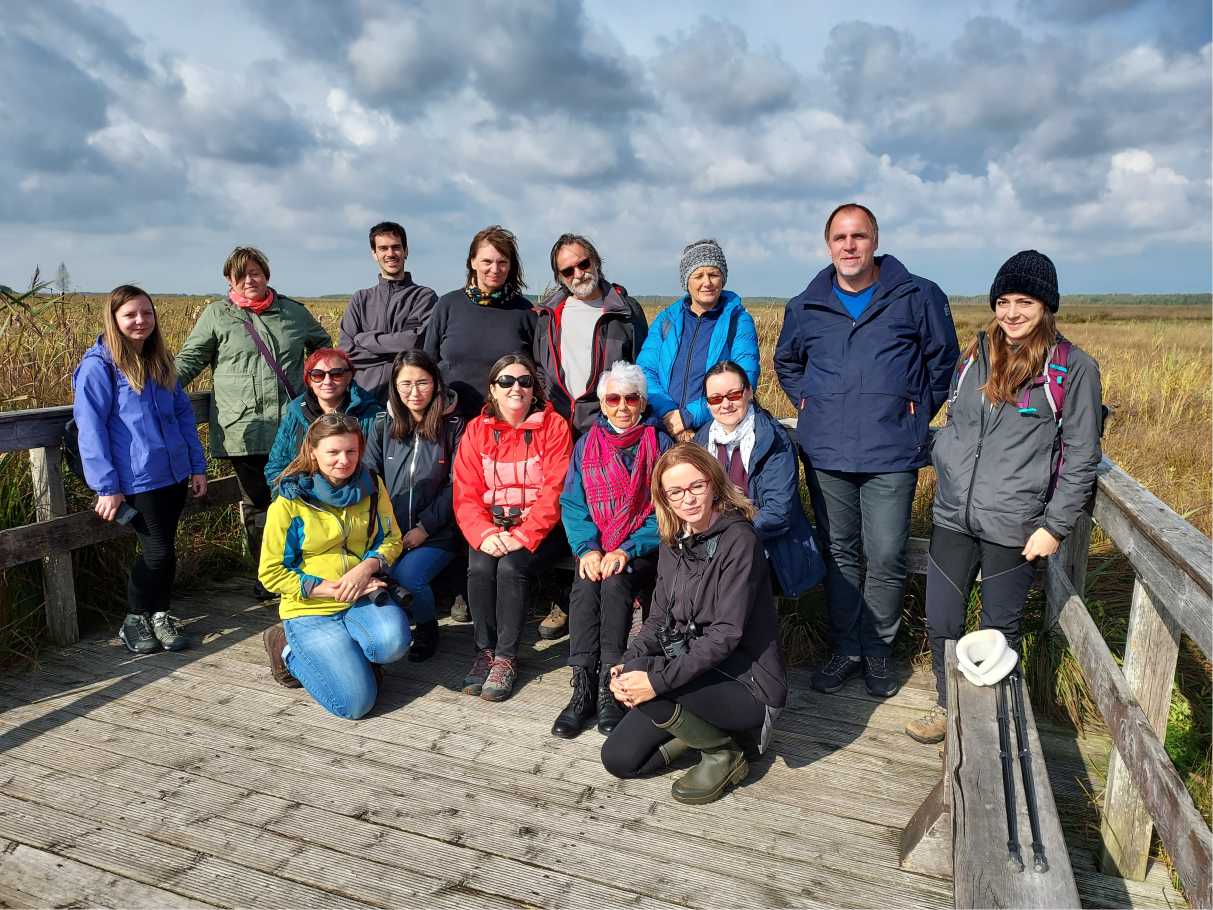
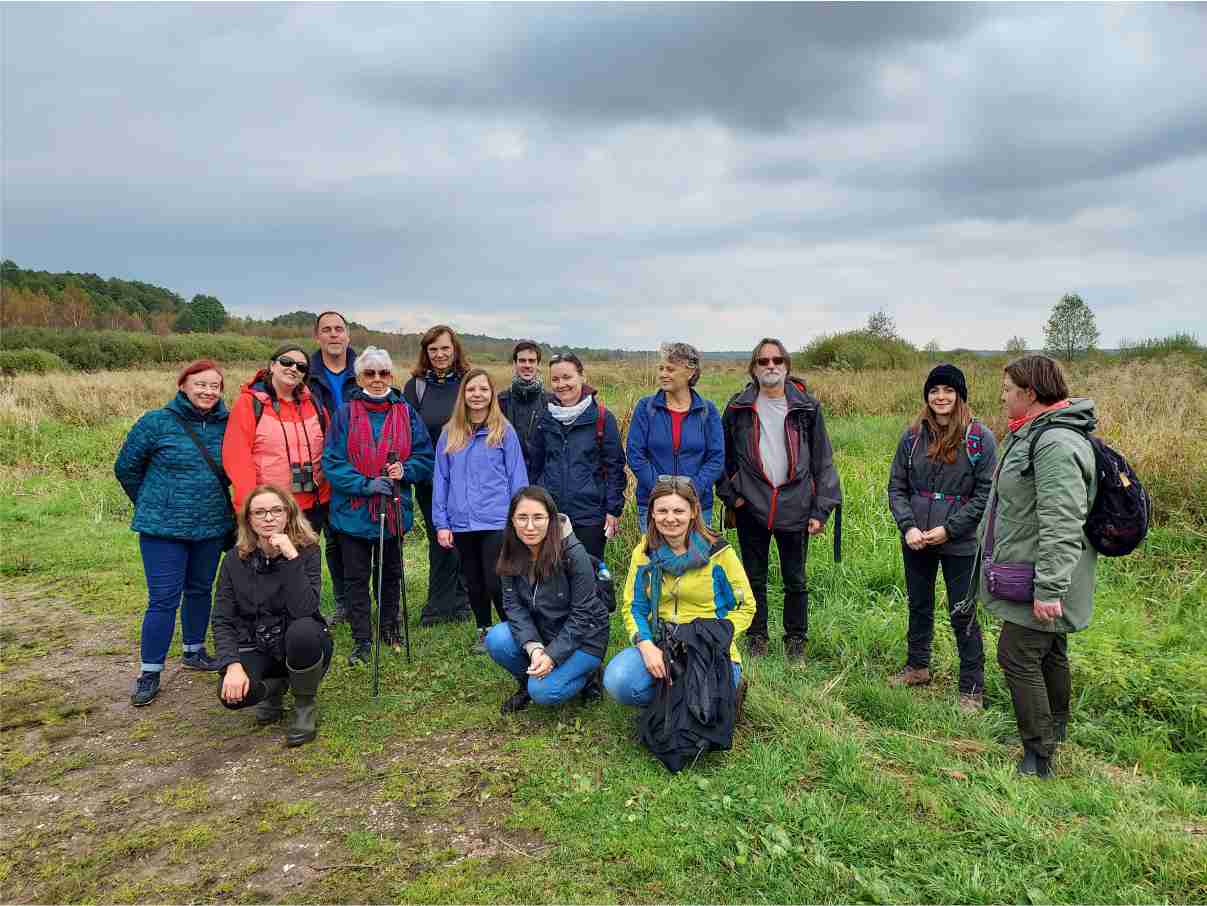
The Cladocera International Subfossil Workshop has been organized for over 16 years in various European countries. The workshop is attended by scientists from around the world working in the taxonomy and palaeoecology od Cladocera.
Studia Quaternaria vol. 38, no. 1&2 (2021)
A new issue of Studia Quaternaria has been published.
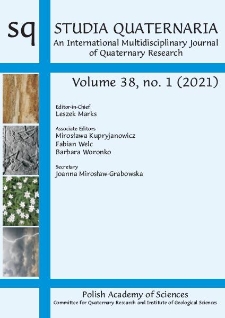
https://journals.pan.pl/sq
http://www.studia.quaternaria.pan.pl

Lecture by prof. M. Pisarska-Jamroży
Sedimentological traces of earthquakes (seismites= layer deformed as a result of seismic activity) within Pleistocene sediments linked mainly to glacio-isostatic adjustment (GIA) caused by loading/unloading of Scandinavian Ice Sheet were objectives of the GREBAL project. Studies were conducted in the northern part of Germany, Poland, Lithuania, Latvia and Estonia (so called the Southern Peribalticum area). Seismites were found in ten study sites in glaciolacustrine/lacustrine and fine-grained fluvial sediments of Pleistocene-age in Poland, Germany, Lithuania, Estonia, and Latvia. Seismic activity did accompany Saalian and Weichselian glaciations and occurred in different periods of glacial cycle - during or after deglaciation and during ice-advance periods. Earthquakes caused by the reactivation of pre-Quaternary faults due to stress state changes were the most probable source of interpreted seismic activity. However, glacial earthquakes caused e.g. by large-scale, violent stick-slip motion are also discussed as probable source of seismic activity.
Moreover, it was made a kind of inventory of evidences of structural and textural features that could help in distinction of the soft-sediment deformation structures formed as a result of the shock waves propagation from those that arise as a result of other processes related to glacial and periglacial processes.
The study has been financially supported by a grant for the GREBAL project (No. 2015/19/B/ST10/ 00661) from the National Science Centre Poland.
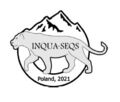
INQUA-SEQS 2021
We are pleased to invite you to participate in the "Quaternay Stratigraphy - palaeoenvironment and humans in Europe"meeting of Section on European Quaternary Stratigraphy, which is planned to be held between 13.09 and 18.09.2021 in WROCŁAW and Sienna near Stronie Śląskie, POLAND.
Here for more information.
